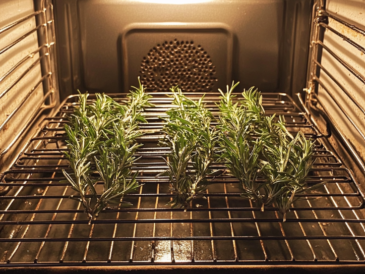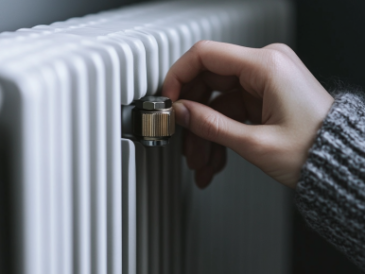Lavender is a beloved plant known for its soothing fragrance, beautiful blooms, and numerous uses in aromatherapy, cooking, and home décor. While many people associate lavender with sprawling outdoor gardens, it’s entirely possible to grow this delightful herb indoors and enjoy its benefits all year round. With a few tips and the right care, you can transform your living space into a fragrant oasis. Here’s how you can successfully grow lavender indoors and make your home smell amazing.
Why Grow Lavender Indoors?
Growing lavender indoors offers several advantages:
- Year-Round Fragrance: By growing lavender indoors, you can enjoy its calming scent no matter the season.
- Aesthetic Appeal: Lavender’s purple blooms and green foliage add a touch of natural beauty to any room.
- Health Benefits: Lavender’s aroma is known to reduce stress, promote relaxation, and improve sleep quality.
- Versatility: Fresh lavender can be used in various ways, from making sachets and potpourris to flavoring dishes.
Choosing the Right Lavender Variety
Not all lavender varieties are suited for indoor growing. Here are a few that thrive best in indoor conditions:
- French Lavender (Lavandula dentata): This variety is compact, making it ideal for indoor spaces. It has a slightly different scent from traditional English lavender, with a hint of rosemary.
- English Lavender (Lavandula angustifolia): Although it prefers outdoor conditions, some cultivars like ‘Munstead’ or ‘Hidcote’ can adapt to indoor growing if given the right care.
- Spanish Lavender (Lavandula stoechas): Known for its distinctive “rabbit ears” on top of the flower heads, this variety can also be grown indoors.
Step-by-Step Guide to Growing Lavender Indoors
1. Choose the Right Pot
Select a pot with good drainage holes. Lavender doesn’t like to sit in water, so proper drainage is essential to prevent root rot. A clay or terracotta pot is a great option because it helps wick moisture away from the soil.
2. Use Well-Draining Soil
Lavender prefers slightly alkaline, sandy soil. Use a well-draining potting mix, preferably one designed for succulents or cacti. You can also mix regular potting soil with sand or perlite to improve drainage.
3. Provide Plenty of Light
Lavender loves sunlight and needs at least 6-8 hours of direct sunlight per day. Place your lavender plant near a south-facing window where it can receive ample light. If natural light is limited, consider using a grow light to supplement.
4. Water Sparingly
Lavender is drought-tolerant and doesn’t require frequent watering. Allow the soil to dry out between waterings. When you do water, do so thoroughly, allowing excess water to drain out of the pot. Overwatering can lead to root rot, so it’s better to underwater than overwater.
5. Maintain the Right Temperature and Humidity
Lavender prefers cooler temperatures, ideally between 65-70°F (18-21°C) during the day and slightly cooler at night. Avoid placing your lavender plant in drafty areas or near heating vents, as it prefers stable conditions. Lavender also thrives in low humidity, so if you live in a humid area, make sure the room has good air circulation.
6. Fertilize Sparingly
Lavender doesn’t require much fertilizer. In fact, too much fertilizer can reduce the plant’s aromatic properties. A light application of a balanced, water-soluble fertilizer in the spring will suffice. Alternatively, you can mix a slow-release fertilizer into the soil at the beginning of the growing season.
7. Prune Regularly
Regular pruning encourages new growth and helps maintain the shape of your lavender plant. After the blooms fade, trim the flower stalks and lightly prune the foliage to promote bushiness. Be careful not to cut into the woody part of the plant, as this can damage it.
8. Repot When Necessary
Lavender can outgrow its pot, so be prepared to repot it every couple of years. Choose a slightly larger pot and refresh the soil to give the roots more room to grow.
How to Use Lavender Indoors
Once your lavender plant starts blooming, you can harvest and use the flowers in a variety of ways to enhance your home:
Continue Reading click to Page “2”




